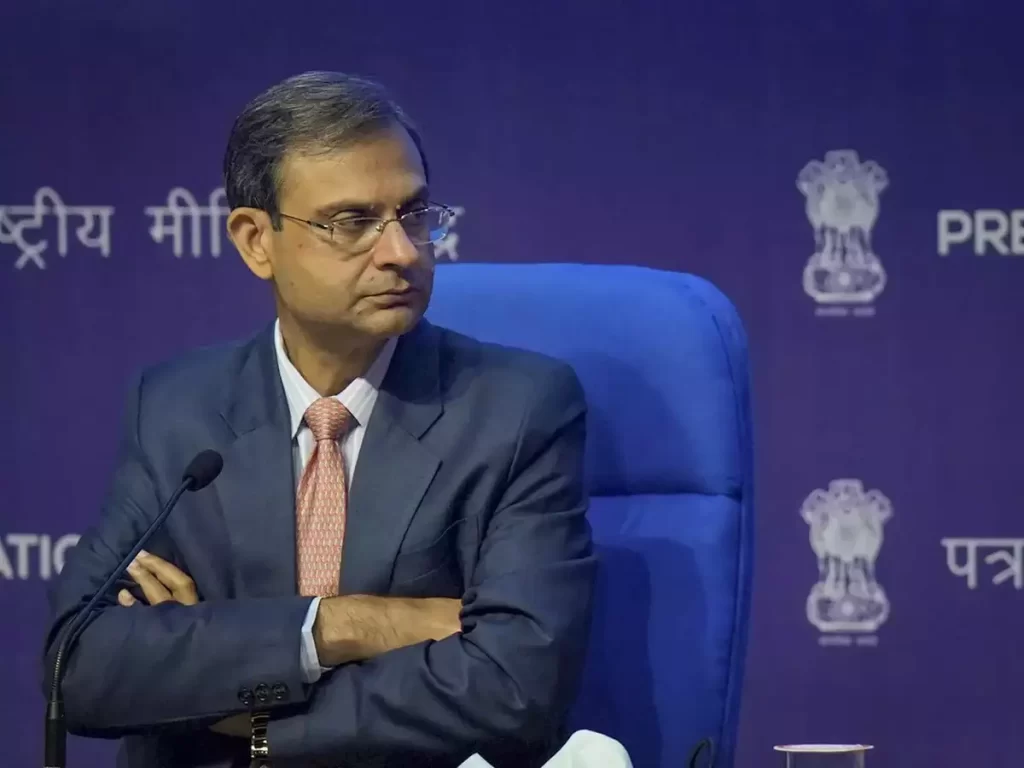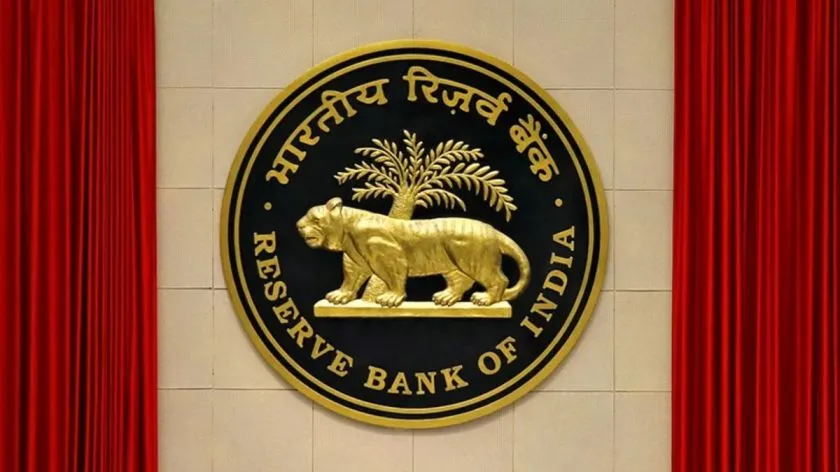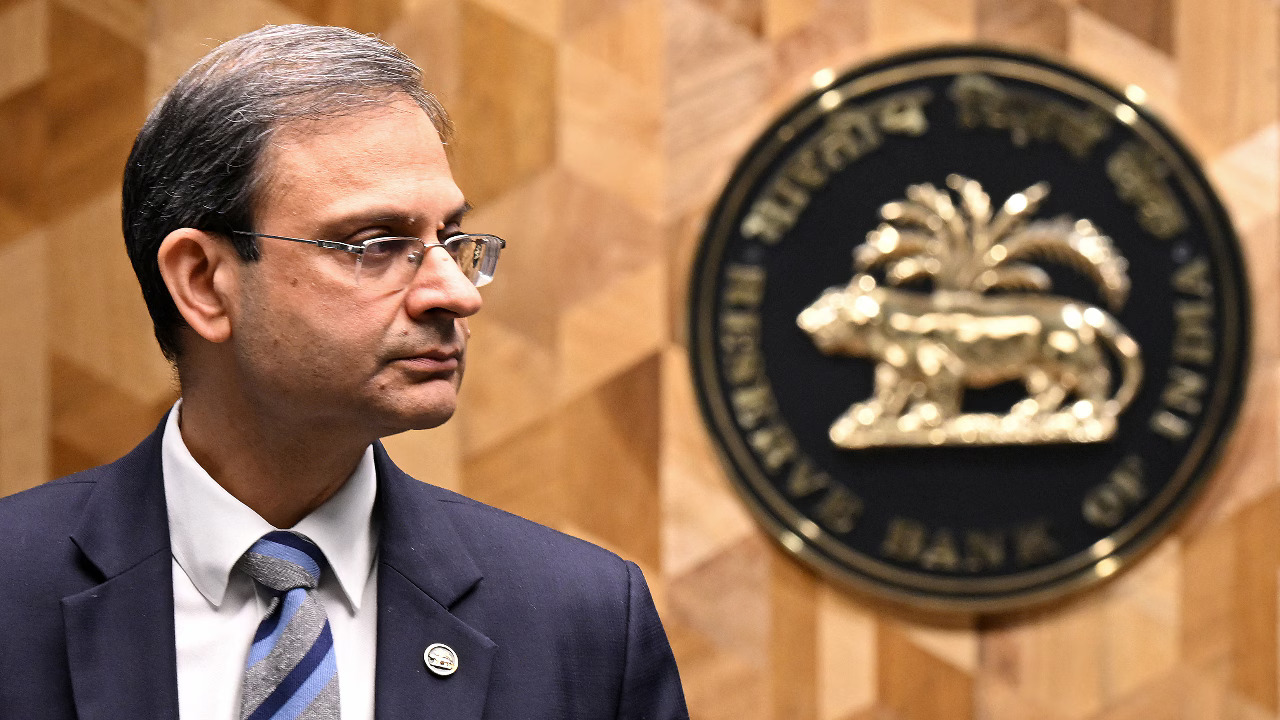2019 February Meeting of the RBI Monetary Policy Committee (MPC)
The Reserve Bank of India (RBI) recently conducted its Monetary Policy Committee (MPC) meeting in February 2025, making crucial announcements that will impact the Indian economy. One of the key highlights of this meeting was the reduction in the repo rate by 25 basis points to 6.25%, marking the first rate cut in five years.
Key Announcements from the RBI MPC Meeting
1. Repo Rate Cut: First Time in Five Years
- The RBI cut the repo rate by 25 basis points (bps), bringing it down to 6.25% from 6.5%.
- This move aims to stimulate economic activity by making borrowing cheaper and encouraging investments.
- The last time the RBI cut the repo rate was in May 2020 during the pandemic.
2. Government’s Recent Measures to Boost Economy
- The repo rate cut came barely a week after the Centre reduced personal income tax to boost consumption.
- These measures together are expected to increase consumer spending and accelerate growth.
3. RBI’s Stance and Inflation Targeting
- The Monetary Policy Committee (MPC) unanimously decided to continue with its neutral stance, allowing flexibility to respond to economic changes.
- RBI Governor Sanjay Malhotra emphasized that the inflation targeting framework has helped maintain macroeconomic stability.
- The Consumer Price Index (CPI) has mostly remained within the target range, with average inflation declining post-framework implementation.
GDP Growth and Economic Outlook

1. RBI’s GDP Growth Projections
- The RBI estimates GDP growth for FY 2025-26 at 6.7%.
- The Economic Survey before the Budget projected a growth range of 6.3%-6.8%.
- The Indian economy is expected to grow at 6.4% in 2024-25, marking its slowest growth in four years.
2. Inflation Forecast
- The RBI projects retail inflation at 4.2% for FY 2025-26, with quarterly estimates:
- Q1: 4.5%
- Q2: 4%
- Q3: 3.8%
- Q4: 4.2%
- December 2024 inflation declined to 5.22%, mainly due to easing food prices.
3. Impact of Global Factors
- The policy comes amid global economic uncertainty, including tariffs imposed by the US on Canada, Mexico, and China.
- Fluctuations in global trade and financial markets could influence India’s inflation and growth trajectory.
Impact of Repo Rate Cut on Borrowers and Economy
1. Reduction in Lending Rates
- When the repo rate decreases, banks lower their External Benchmark Lending Rates (EBLR).
- Borrowers benefit from reduced Equated Monthly Installments (EMIs) on home, auto, and personal loans.
- Loans linked to the Marginal Cost of Fund-Based Lending Rate (MCLR) may also see lower interest rates.
2. Encouragement for Investment and Spending
- A lower repo rate reduces borrowing costs for businesses and individuals, encouraging investments and spending.
- This helps in economic revival, particularly for sectors dependent on credit, such as real estate, manufacturing, and consumer goods.
RBI’s Additional Measures and Announcements

1. Measures to Counter Cyber Frauds
- RBI Governor Sanjay Malhotra announced new measures to prevent digital banking frauds, including:
- Additional authentication for online international payments.
- Exclusive internet domains for Indian financial institutions (bank.in and fin.in).
2. Forex Market Intervention
- The RBI emphasized its focus on stabilizing forex markets without targeting any specific exchange rate.
- Governor Malhotra stated that rupee depreciation and financial market volatility remain key challenges.
3. Smooth Implementation of Regulations
- The RBI reassured that it will continue consultations before implementing major regulatory changes.
- Any new rules will have a phased rollout to ensure smooth adaptation.
Conclusion
The RBI’s repo rate cut marks a significant step towards boosting India’s economic growth. With GDP projected at 6.7% for the next fiscal year and inflation expected to moderate, the Indian economy is on track for a steady recovery. The RBI’s proactive stance on cyber security and forex market stability further strengthens confidence in India’s financial system.
As global uncertainties persist, the MPC’s balanced approach ensures flexibility in tackling potential risks while fostering economic resilience. Borrowers and investors can expect cheaper credit and improved financial conditions, making this a crucial policy move for India’s future growth.








Leave a Reply